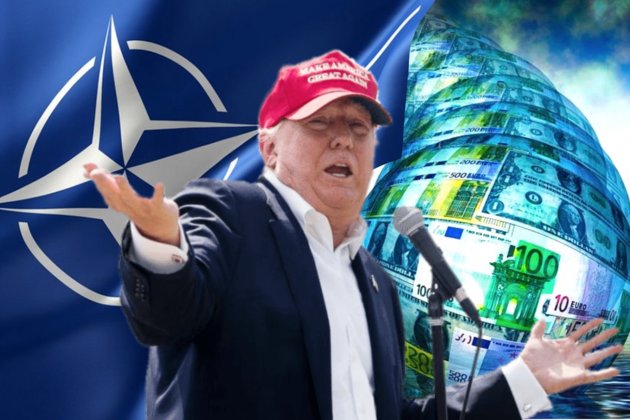2LT International News
Trump sets the stage for another volatile summit with allies
Jul 5, 2018
WASHINGTON, U.S. – At a time when tensions between the U.S. and its European allies has reached a fever pitch, the American President Donald Trump indicated that the path forward won’t be as smooth as expected.
Nearly a month has passed since Trump visited Canada to attend the G7 summit, and was faced with a united opposition consisting of close U.S. allies, who cornered the President over his steep metal tariffs.
The argument that followed ended bitterly, forcing the U.S. President to pull out of a joint communique, and engage in a public spat with the other leaders, especially targeting the Canadian Prime Minister Justin Trudeau.
Trump met EU allies last month, days after his administration had implemented 25 percent tariff on steel and 10 percent for aluminum imports from certain countries, including the European Union (EU), Canada, and Mexico.
Amid passive appeals and demands of concessions, EU sought to completely do away with the steep metal tariffs.
However, when Trump refused to budge from his stance, allies threatened to retaliate with equally steep tariffs on U.S. products and did not in weeks that followed.
Now, U.S. products have been slapped with retaliatory tariffs from the EU, Mexico, Canada, India and China.
Yet, the U.S. President has maintained that the U.S. paid “close to the entire cost of NATO” to help protect countries that “rip us off on trade.”
Further, he added, “Fair trade is now to be called fool trade.”
With the NATO summit scheduled to be held in Brussels on July 11 and 12, Trump is now said to have already set the tone for the summit, by addressing an issue that he has raised repeatedly over the last couple of years – that of ensuring all members of the 28-nation alliance contribute fairly.
Last week, Trump reportedly addressed a letter to Erna Solberg, Prime Minister of Norway last week, and pointed out that hers was now the only “NATO Ally sharing a border with Russia that lacks a credible plan to spend 2 percent of its gross domestic product on defense.”
NATO was traditionally meant to serve as a military alliance that provides for mutual defense stemming from the Cold War.
However, in modern times, it has been touted by member nations as a body which facilities channels of command and communication between the U.S. and its European allies.
Further, previous American Presidents have regarded the alliance as an essential player in the campaign against terror group.
However, even before assuming presidency, Trump repeatedly derided the alliance, calling it “obsolete.”
Yet, Trump’s demand of seeking fair share of defense spending from each member nation is not a new one as his predecessors Barack Obama and George W. Bush too have lobbied NATO allies to spend more on defense.
Obama had pressed European allies, including France, Belgium and the U.K. to ramp up their military and financial support for the NATO alliance.
In the June 19 letter, Trump told Norway and other NATO allies that it was time for them to pay their fair share of defense spending.
Trump has warned that it would “become increasingly difficult to justify to American citizens why some countries continue to fail to meet our shared collective security commitments.”
According to reports, Trump sent similar letters to Germany, Belgium and Canada.
In an apparent response to Trump’s statement, Norway’s Defense Minister, Frank Bakke-Jensen said that the country “stands by” the Defense Investment Pledge made at the Wales Summit and has increased its defense spending by 24 percent since 2013.
The 2014 Wales Summit pledge committed NATO allies to spend “a minimum of 2 percent of their Gross Domestic Product” on defense, and “more than 20 percent” of their defense budgets on major equipment and related research and development.
Those countries spending below this level were to “aim to move towards the 2 percent guideline within a decade.”
Bakke-Jensen said said in a statement, “Our investment share is currently at 27 percent, well above the NATO target,” referring to the fact that Norway is spending 27 percent on its defense budget on defense capabilities including combat aircraft, “maritime surveillance aircraft, submarines, intelligence capabilities and Army assets in order to increase Alleid and Norwegian security.”
Latest figures released by NATO show that Germany’s estimated defense expenditure in 2017 stood at 1.24 percent of GDP, while Belgium’s was 0.9 percent, and Canada’s was 1.29 percent.
Further, NATO has pointed out that the U.S., U.K., Greece, and Estonia are the only allies who have spent 2 percent of GDP or higher in 2017 on defense.
Poland spent 1.99 percent while Romania, France, Latvia and Lithuania spent a little over 1.7 percent.
Meanwhile, Norway’s spending level was reported to be 1.62 percent.
Powered by WPeMatico







